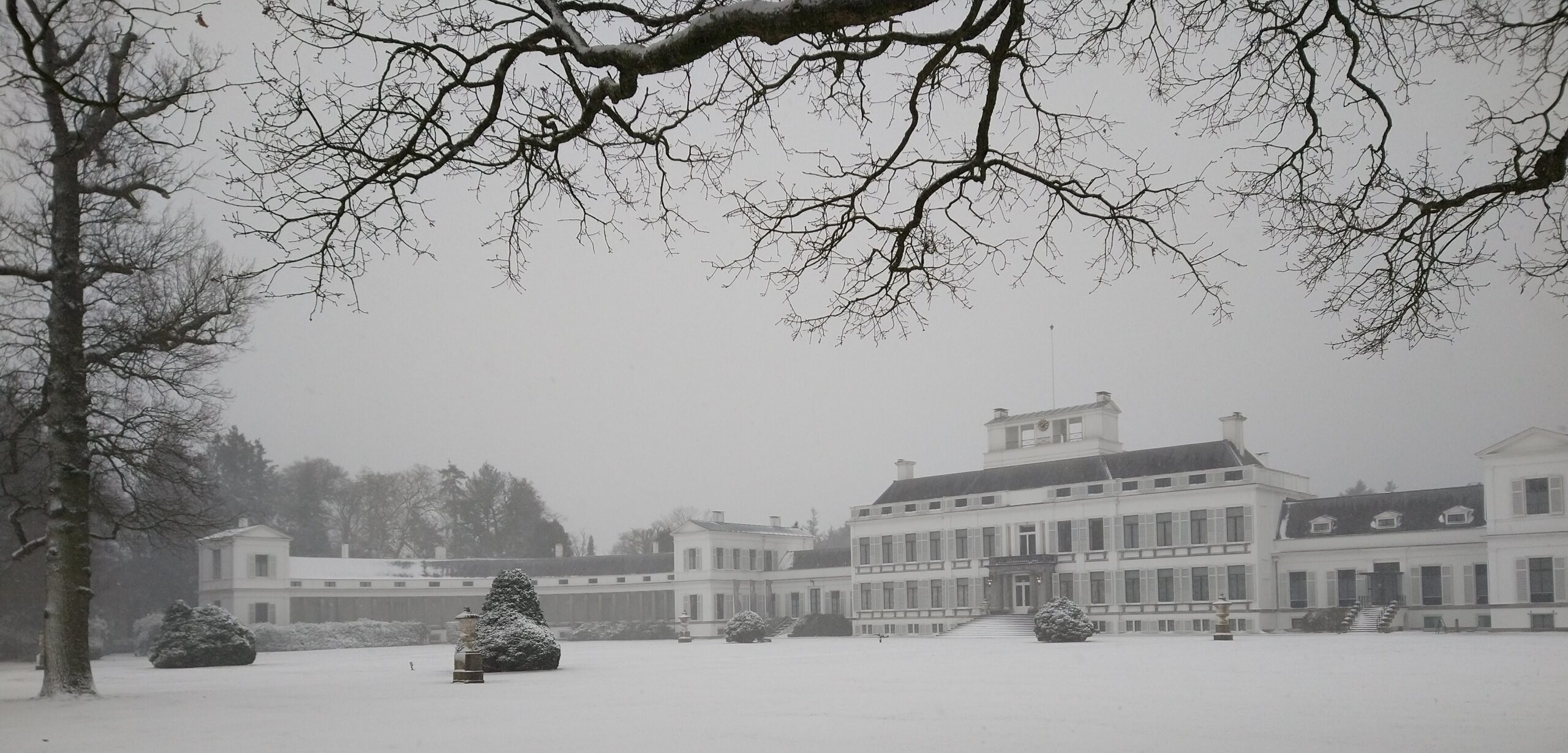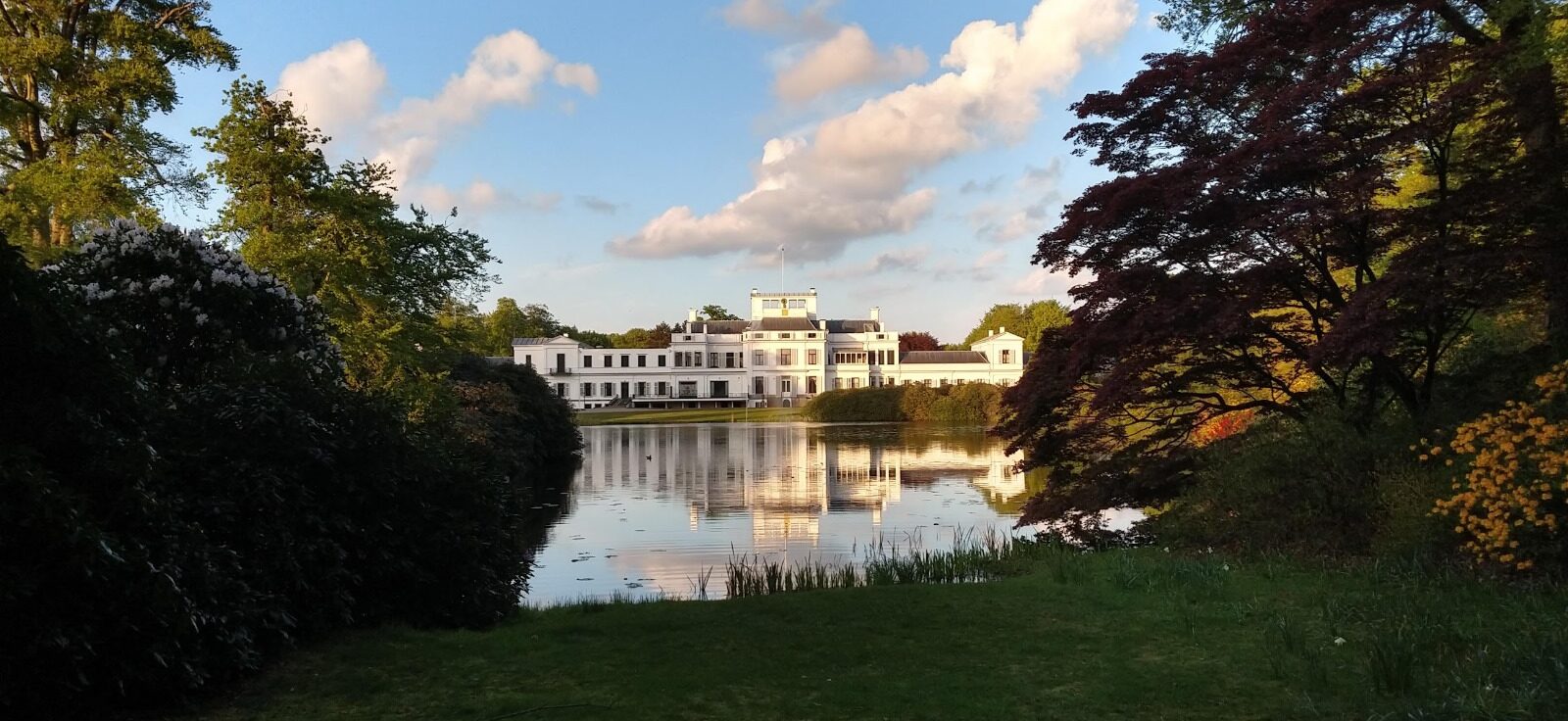
Projects > Redevelopment > Paleis Soestdijk
Project Redevelopment
Paleis Soestdijk
Status: Preparation phase / Under Construction
Projectduration: 5 years
Zoning plan
Participation
Project management
Design landscape and estate
Investment models
Cost calculation preliminary design
Sustainability
“Erfgoed Deal”
Since December 2017, Paleis Soestdijk is owned by the MeyerBergman Erfgoed Groep. The estate is being developed into the landing place for Dutch industry and innovation. The goal of the transition of Paleis Soestdijk is to optimally utilize the joint potential of the innovations of the Netherlands, facilitate innovation and progress, celebrate Dutch successes and honor role models.
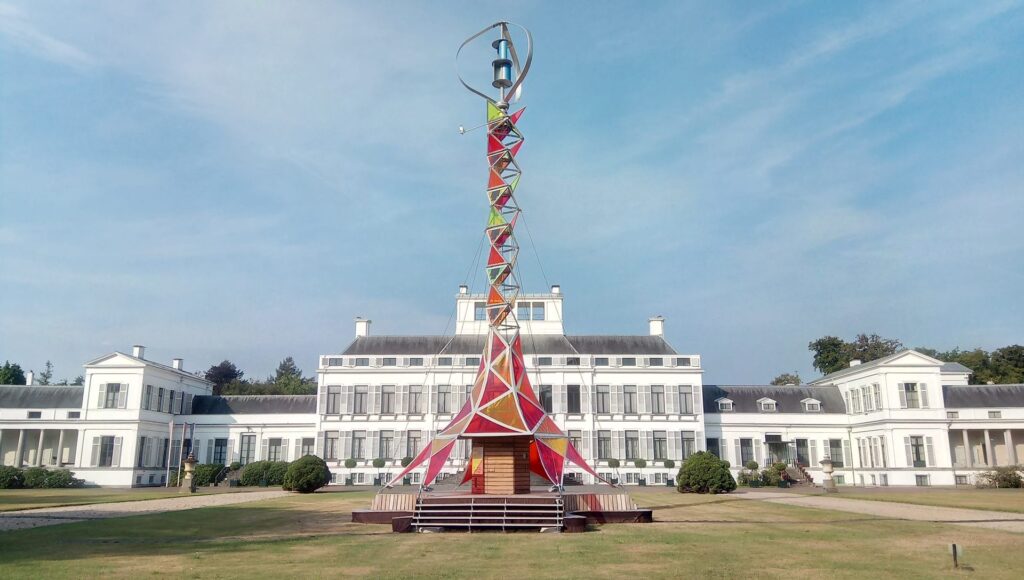
Timeframe
Activities
- 2018 – 2022
For 4 years, we have worked together with a large team of specialists on the research and designs for the new zoning plan, including participation meetings with citizens (Baarn&Soest) and interest groups and companies in the area.
- 2019 – 2020
In the meantime, we have looked for temporary placemaking strategies that could grow into the ‘final’ function as the landing place for Dutch industry and innovation in the field of Food, mainly for the Parade terrain. This included project management, guiding and monitoring the design process, manufacturing and monitoring the investment models of the different buildings on the site.
- 2021 – 2022
Sustainability was a high priority in the planning of this project. As the project is large in dimensions and in topics that had to be considered, a guidebook for sustainability was drawn based on the 17 SDGs and the Donut Model of Kate Raworth. These principles came together in the Area Framework. Based on these guidelines, several scenarios were designed for the estate and buildings.
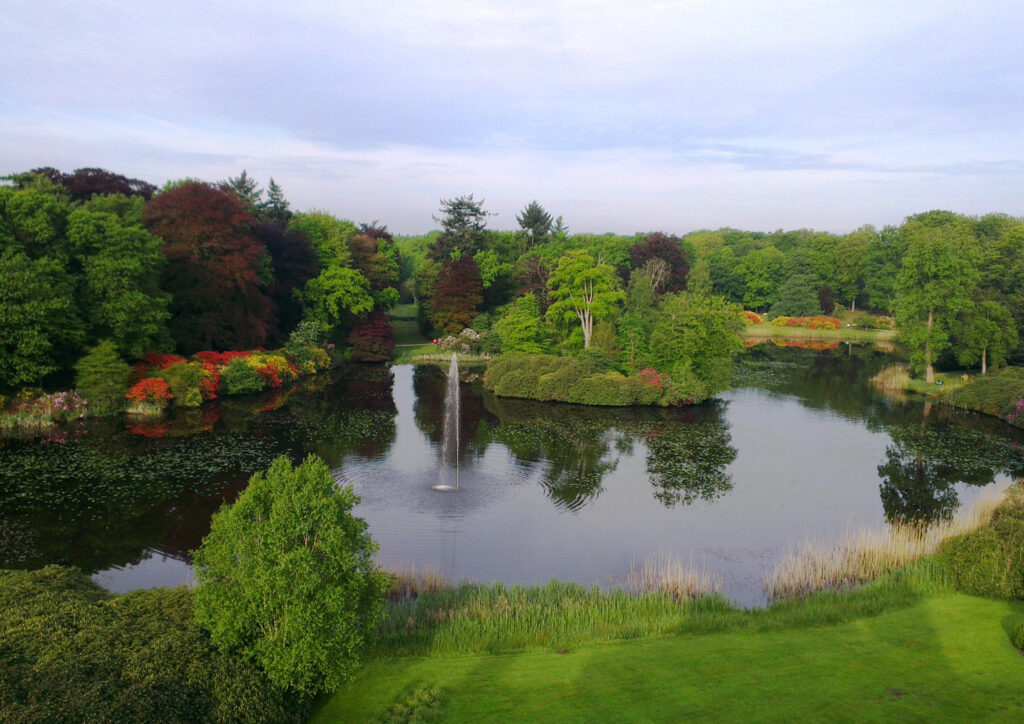
- 2022 – 2023
Furthermore we have collaborated with several neighboring estate owners, Herenboeren, Water authorities Vallei & Veluwe and De Stichtse Rijnlanden, the municipalities of Baarn, Soest and De Bilt and National Park Utrechtse Heuvelrug on a project for the ‘Erfgoed Deal’ called: Climate Adaptation Poort Utrechtse Heuvelrug.
In this project, the Praamgracht provides the connecting factor between the former Royal Palace Soestdijk, its estate, and all of its neighbors, both upstream and downstream of the Utrechtse Heuvelrug. As a result of drought, many areas are experiencing large-scale impoverishment, death of vegetation and damage to the monumental values, which, without intervention, seriously endangers the preservation of the green monuments. On the one hand, changes in vegetation are occurring, particularly on the surrounding higher-lying estates, which reduces the flow of groundwater to lower-lying areas, such as the Soestdijk Palace Estate. On the other hand, during heavy rainfall, less buffering occurs on higher areas in the area, causing lower areas to briefly experience even more water. At the moment, this water cannot be retained. In short, there is not enough water available in dry periods and there is an abundance of water in wet periods.
Through the shared problems we have looked for joint solutions, by strengthening the current water systems together, to preserve our monumental areas together for the future.
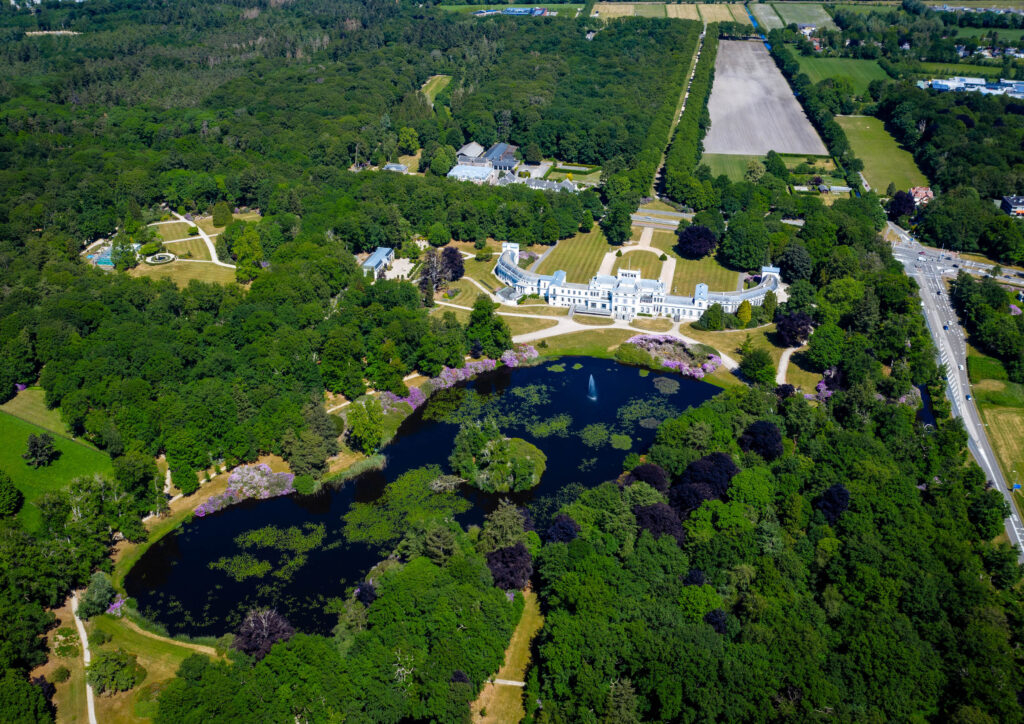
- 2022-2023
Lastly, we worked on the design of the garden and the estate together with a team of landscape experts to incorporate the sustainability guidelines, upgrade the neglected heritage values, facilitate biodiversity and habitats for special species, while also being able to exploit the area for functional use. This design was drawn up simultaneously with the maintenance plan for the estate. Together these plans function in a Plan of Approach for the gardens and the estate.
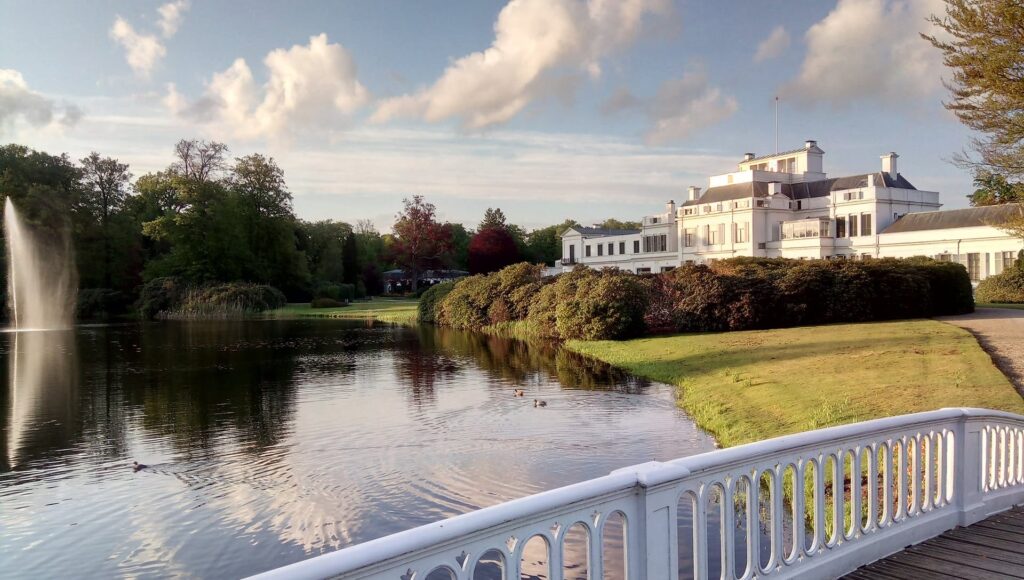
Adriaan Geuze
WEST8
PROJECT SPECIALTY
Royal Heritage
Paleis Soestdijk was built as a hunting lodge around 1650, by the Amsterdam mayor Willem III. In 1815, the Crown Prince and his Russian wife, Princess Anna Paulowna, had Soestdijk converted into a real summer palace. Two side wings were added and everything was decorated according to the taste of the time – in Empire style. The royal family continued to use the palace as a summer residence alone for a long time. Queen Mother Emma in particular liked to come there. Soestdijk Palace was only permanently inhabited from 1937 on, when Princess Juliana and Prince Bernhard moved in after their wedding. In 1948, Princess Juliana succeeded her mother Wilhelmina as queen. Soestdijk became the royal residence. The festive parades that were organized by the entire royal family on Queen’s Day are a national memory. The entire Dutch society felt ownership of this Palace due to these Queen’s Day parades. This place therefore needs to become public (accessible) heritage.
